Patrick Bourke
Dynamic Silos: Modularity in intra-organizational communication networks during the Covid-19 pandemic
May 01, 2021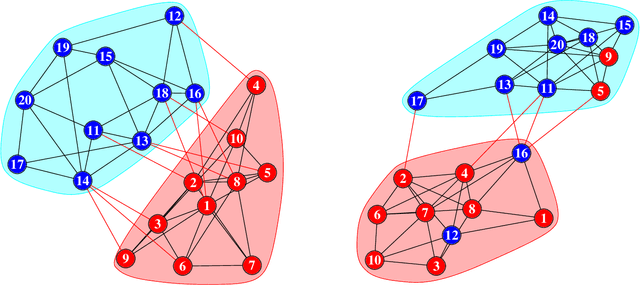

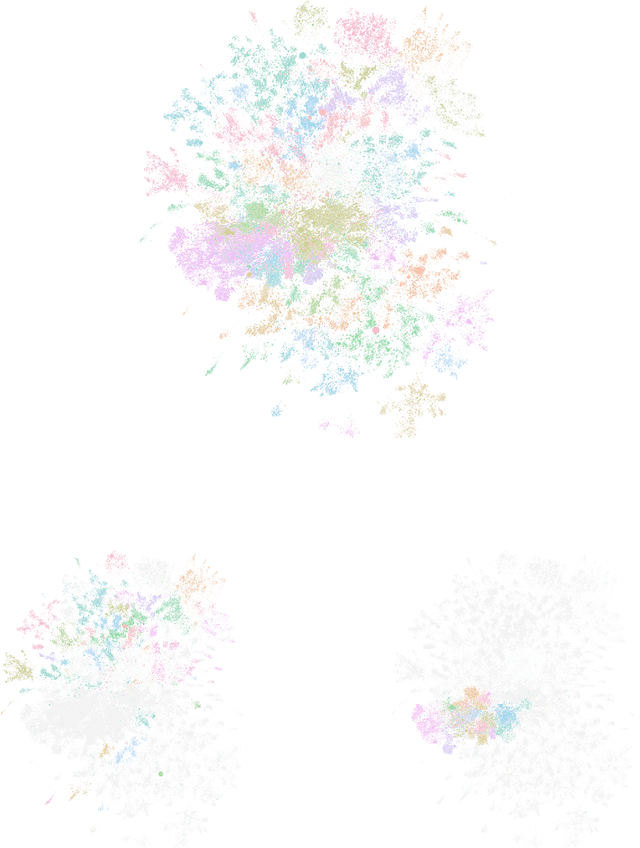
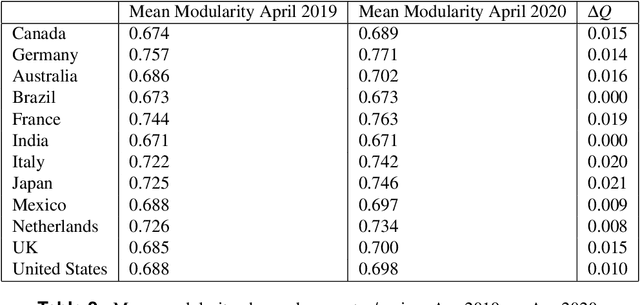
Abstract:Workplace communications around the world were drastically altered by Covid-19, work-from-home orders, and the rise of remote work. We analyze aggregated, anonymized metadata from over 360 billion emails within over 4000 organizations worldwide to examine changes in network community structures from 2019 through 2020. We find that, during 2020, organizations around the world became more siloed, evidenced by increased modularity. This shift was concurrent with decreased stability, indicating that organizational siloes had less stable membership. We provide initial insights into the implications of these network changes -- which we term dynamic silos -- for organizational performance and innovation.
Learning to rank via combining representations
May 20, 2020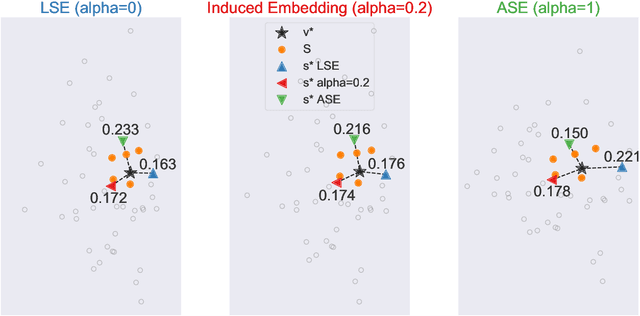
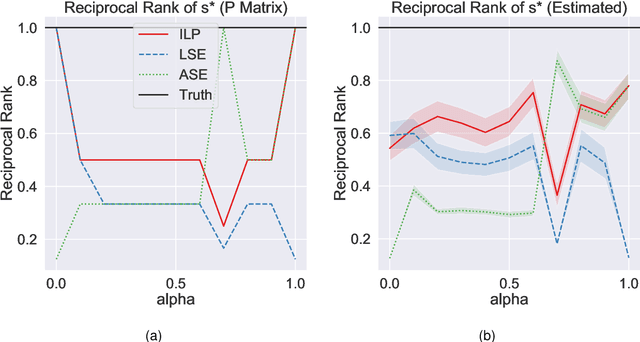
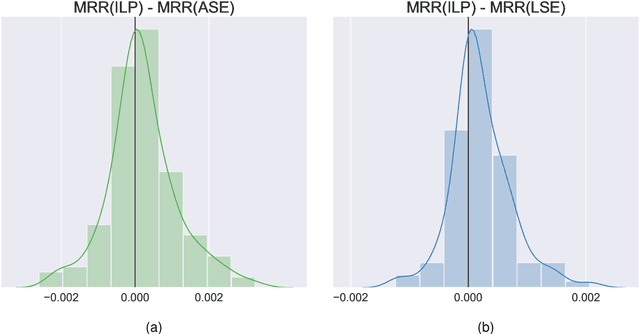
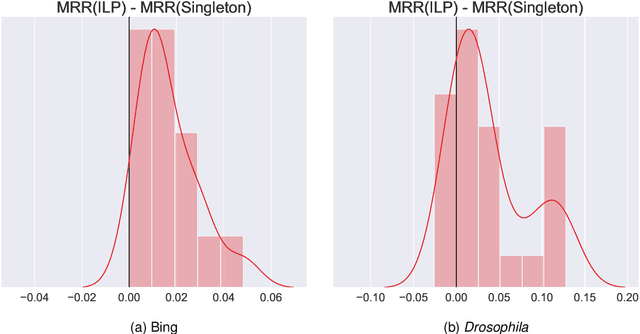
Abstract:Learning to rank -- producing a ranked list of items specific to a query and with respect to a set of supervisory items -- is a problem of general interest. The setting we consider is one in which no analytic description of what constitutes a good ranking is available. Instead, we have a collection of representations and supervisory information consisting of a (target item, interesting items set) pair. We demonstrate -- analytically, in simulation, and in real data examples -- that learning to rank via combining representations using an integer linear program is effective when the supervision is as light as "these few items are similar to your item of interest." While this nomination task is of general interest, for specificity we present our methodology from the perspective of vertex nomination in graphs. The methodology described herein is model agnostic.
 Add to Chrome
Add to Chrome Add to Firefox
Add to Firefox Add to Edge
Add to Edge